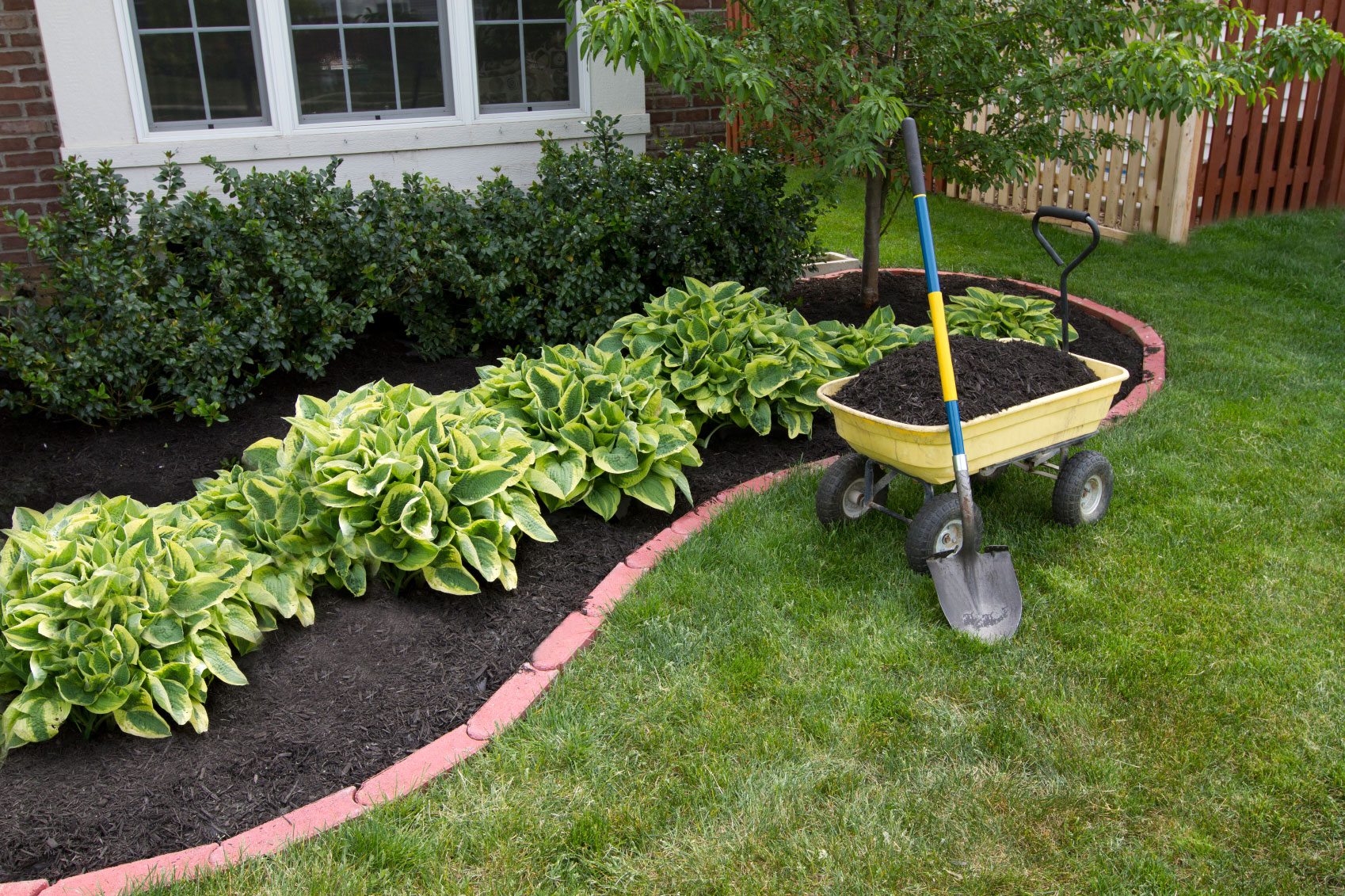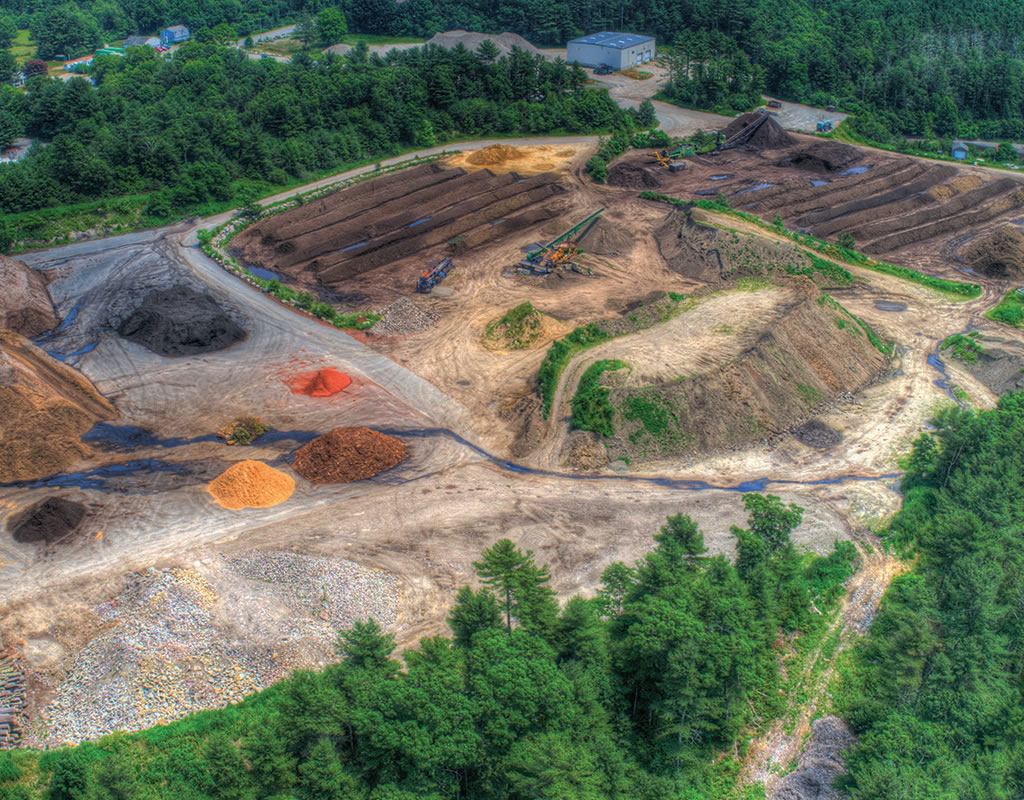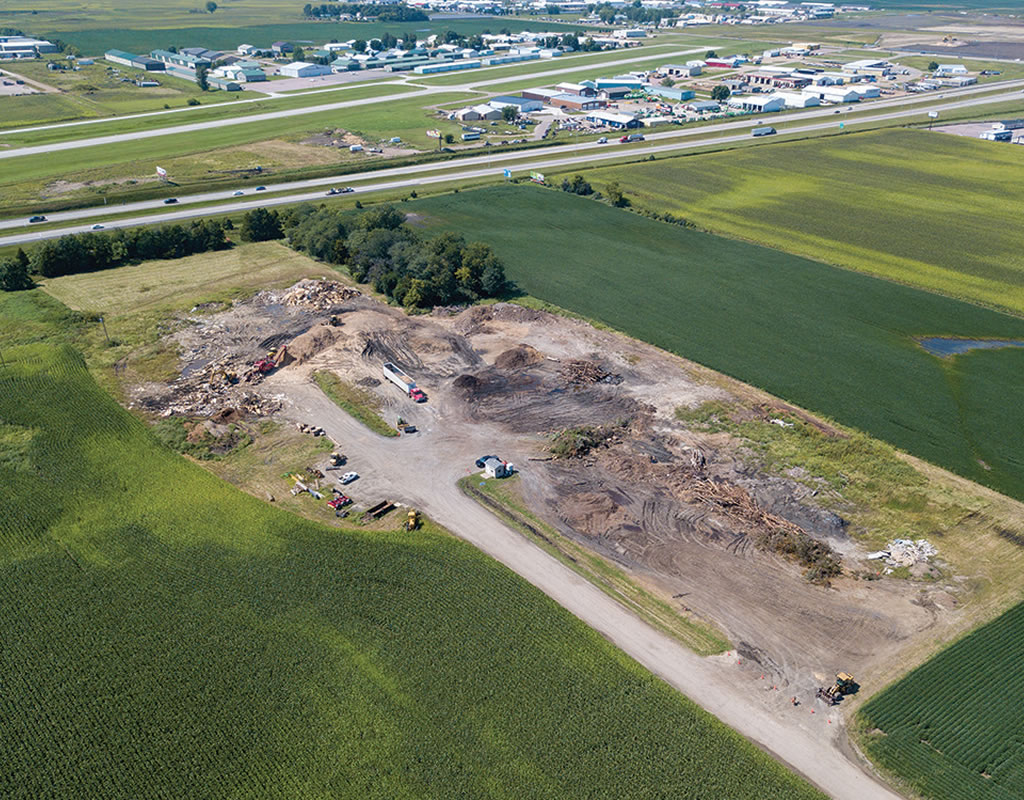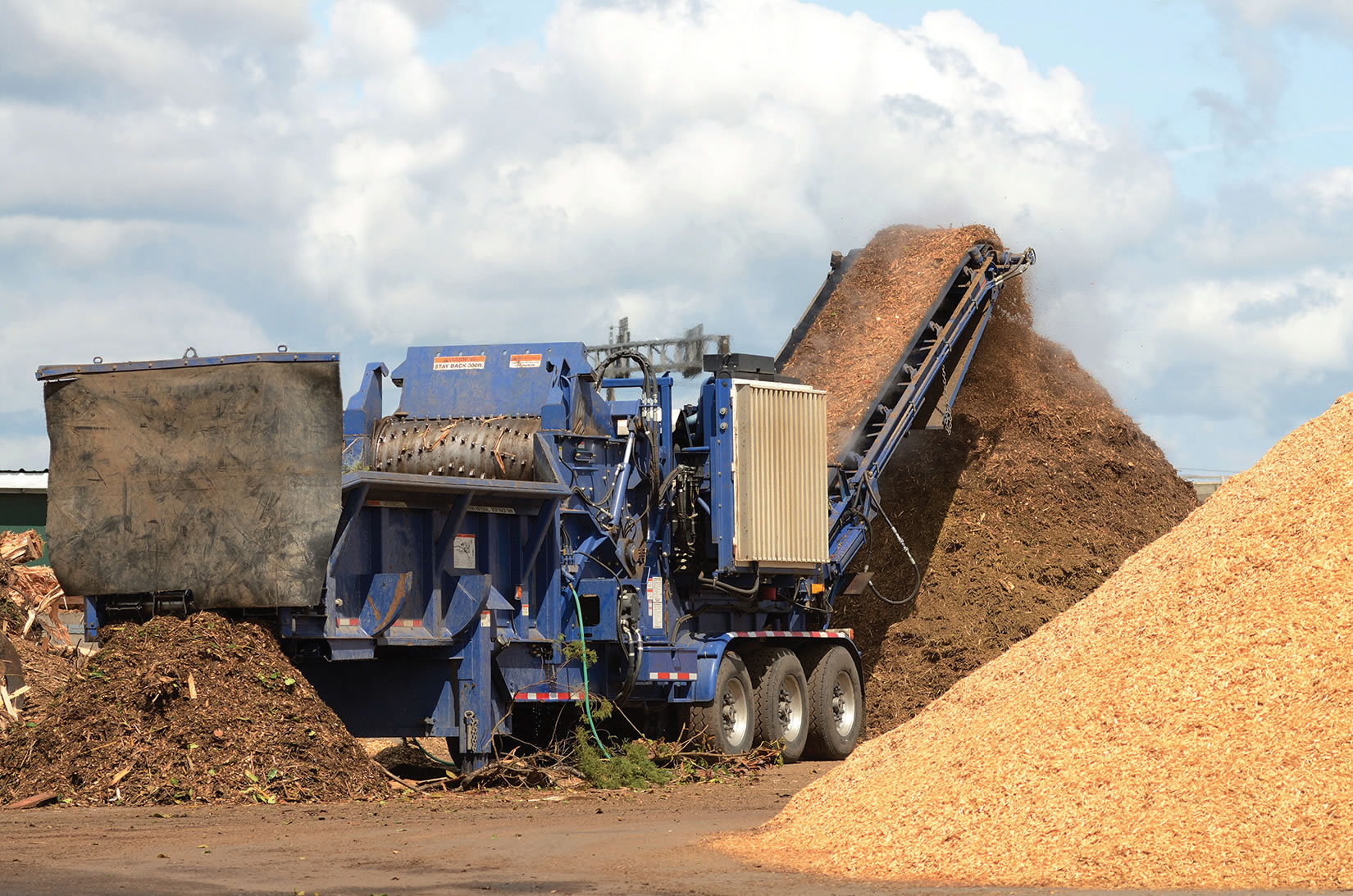By P.J. Heller
Phil Mueller admits it hasn’t always been easy to find green wood for mulch manufacturing in eastern South Dakota.
“We’re still in a strike-a-match-and light-up kind of 1800s state,” he says. “We’re kind of behind the curve and always have been It’s a big challenge for us. Our number one competitor is a match.”
Despite that, Mueller Pallets in Sioux Falls, which started in his grandfather Arlin’s garage in 1980, has survived.
Today, Mueller Pallets is a second-generation family-owned business that has become the region’s leader for pallets and wood recycling. With some 40 employees, it operates out of two 20,000-square-foot warehouses and offers the public two free drop-off sites for wood waste. The company serves customers in a 150-mile radius.
Despite the lament by Phil Mueller concerning the availability of raw materials, the company recently surpassed a milestone in recycling, providing a total of 1 billion pounds of mulch to POET Biorefining in Chancellor, about 20 miles from Sioux Falls.
The plant, one of 27 POET facilities in the U.S., produces some 110 million gallons of ethanol annually. POET is the world’s largest ethanol producer with biofuel capacity expected to reach 2 billion gallons in 2019.
The Chancellor plant burns several hundred tons of mulch daily in its solid-waste fuel boiler, as well capturing and burning methane gas from the Sioux Falls city landfill.
“This process at POET-Chancellor is a flagship program for the biofuels producer in using diversified energy to run its biorefining plant, reducing its use of natural gas and further lowering its carbon footprint,” the company says.
POET-Chancellor is the largest customer for wood waste from Mueller, accounting for about 90 percent of its mulch production. Mueller first began supplying POET in 2007.
Chad Fodness of Mueller Pallets notes that the 1 billion pounds sent to POET over the years were scalable pounds. Other uses for the company’s mulch include landscaping and livestock bedding.
“We’ve done colorizing in the past and are looking at getting back into that again soon,” Mueller says.
“We’re always looking for more markets,” Fodness adds. “Up here (eastern South Dakota) we’re very limited in the types of markets that would use wood chips in bulk.”
Mueller utilizes a Rotochopper and two Diamond Z grinders to handle its wet or dry non-treated scrap wood. The company prefers not to deal with construction waste because of contamination issues. It also won’t accept any wood that has been treated, painted or varnished.
“A lot of people often stop by and thank us for offering the [free drop-off] sites so wood can be reused rather than be buried or burned,” Fodness says.
Mueller says most communities in the area have public drop off sites for recycling tree branches and other items, which in the past would simply pile up they were buried in the landfill or burned.
“I call it a matchstick state,” Mueller says.
Reusing the wood waste is much better for the environment than having it landfilled or burned, he says.
“It’s not only good for the environment, it’s less of a nuisance for people in town that we’re serving,” Mueller says. “They don’t have to smell the ashes burning for weeks on end or worry about the winds picking up and causing grass fires.”
The company’s business is split about 50-50 between pallets and mulch production.
“We’ll take on just about anything wood related, ranging from making 24-by-24-inch pallets o building custom crates for large generators,” Mueller says.
Wood waste generated from the pallet side of the business is reclaimed and used on the mulch side. “One feeds the other,” he notes.
Mueller says that right now, wood waste is plentiful, due in part to three tornadoes with winds of 125mph that tore through the Sioux Falls area Sept. 10 damaging and downing trees in its wake. News reports said it was the first tornado to touch down and damage the city in 30 years.
Sioux Falls, population 180,000, is in extreme eastern South Dakota, about 15 miles west of the Minnesota border.
Other wood waste comes from the drop-off sites, land clearing and partnerships with local communities. One unusual source of supply came from a local company that had some 6,000 wood boards used as axe-throwing targets at Escape 605 Axe Throwing and Escape Rooms.
Mueller describes the region’s wood supply situation as “feast or famine.”
“Some years are great years and some years not so great,” he says.
“There aren’t a whole lot of trees out here,” Mueller says, noting that logging is non-existent. “I never would have thought we could pull off what we are doing [with mulch production]. People are still in disbelief over how many tons of wood we can scrape up in this prairie land area.”
Related News
Subscribe Today
Every other month, Soil & Mulch Producer
News brings you important stories about:
• New Technology
• Products
• Industry News
• Research Studies
Soil & Mulch Producer News features articles and services relevant to your daily operations.











